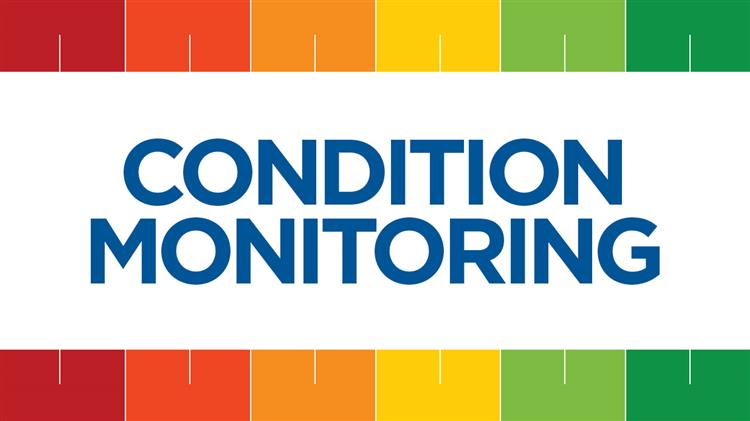

By the end of this course delegates will learn about:
Managers, Engineers, Planners, Analysts, Supervisors, Technicians and Operators who wish to learn about the benefits and techniques of applying condition monitoring in the areas of Operations, Maintenance, Engineering, Reliability and Condition Monitoring.
This interactive Training will be highly interactive, with opportunities to advance your opinions and ideas and will include;
BTS attendance certificate will be issued to all attendees completing minimum of 80% of the total course duration.
| Code | Date | Venue | Fees | Register |
|---|---|---|---|---|
| ISO102-01 | 07-06-2026 | Dubai | USD 5450 | |
| ISO102-02 | 16-08-2026 | Casablanca | USD 5950 | |
| ISO102-03 | 11-10-2026 | Dubai | USD 5450 | |
| ISO102-04 | 21-12-2026 | London | USD 6950 |
Providing services with a high quality that are satisfying the requirements
Appling the specifications and legalizations to ensure the quality of service.
Best utilization of resources for continually improving the business activities.
BTS keen to selects highly technical instructors based on professional field experience
Since BTS was established, it considered a training partner for world class oil & gas institution
1st floor, Incubator Buildingو Masdar City, Abu Dhabi, UAE
Sun to Fri 09:00 AM to 06:00 PM
Contact Us anytime!
Request Info